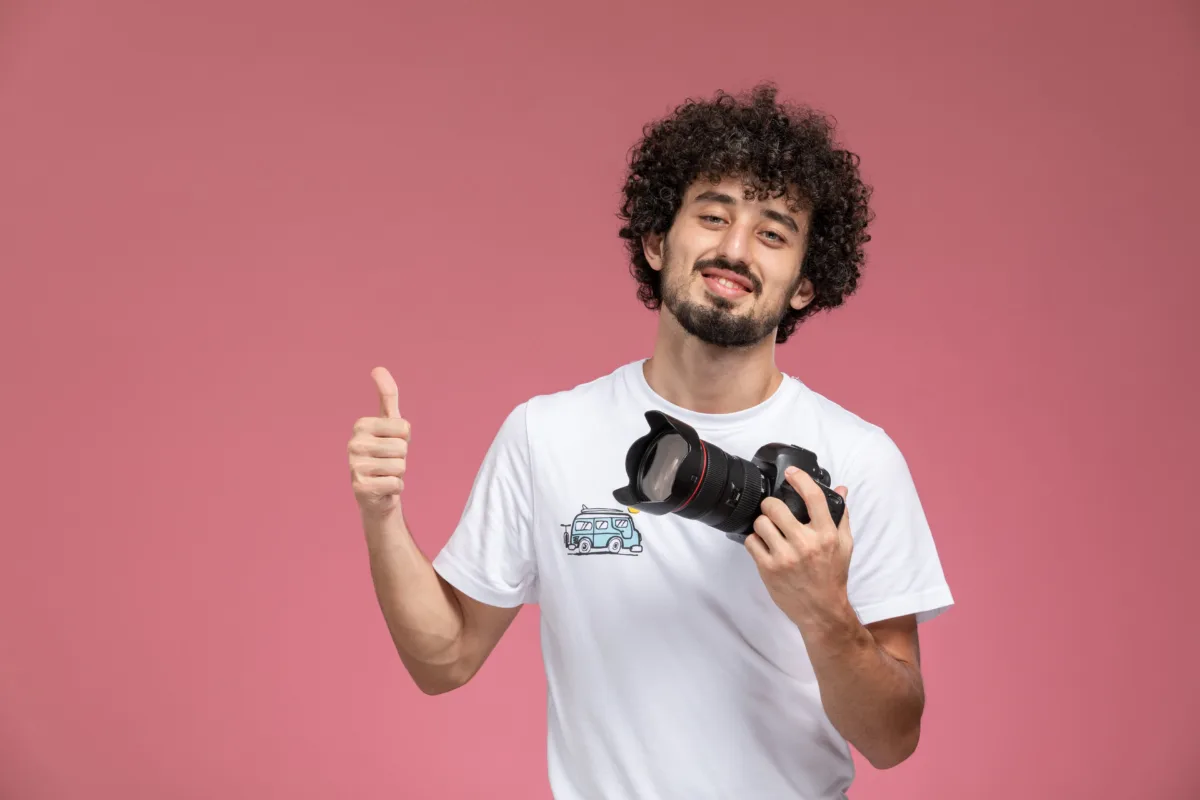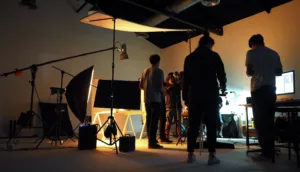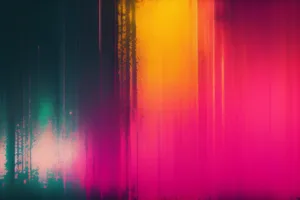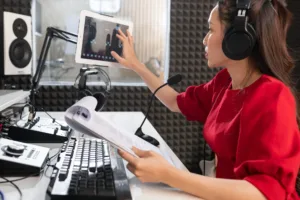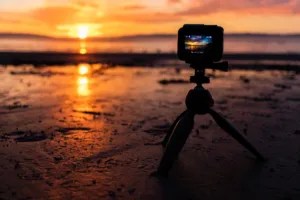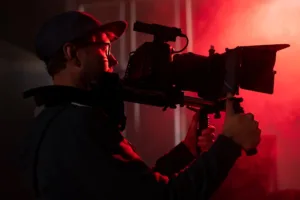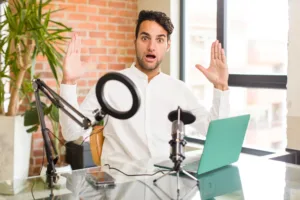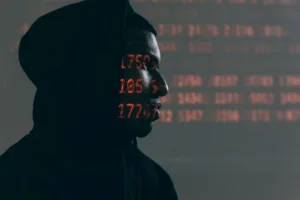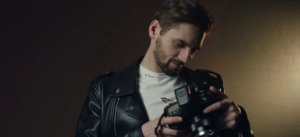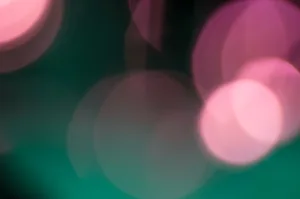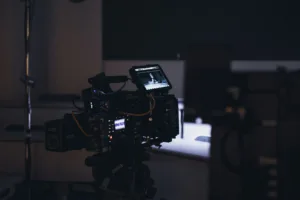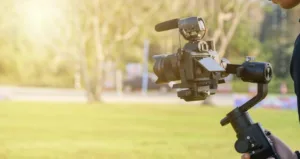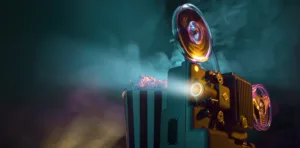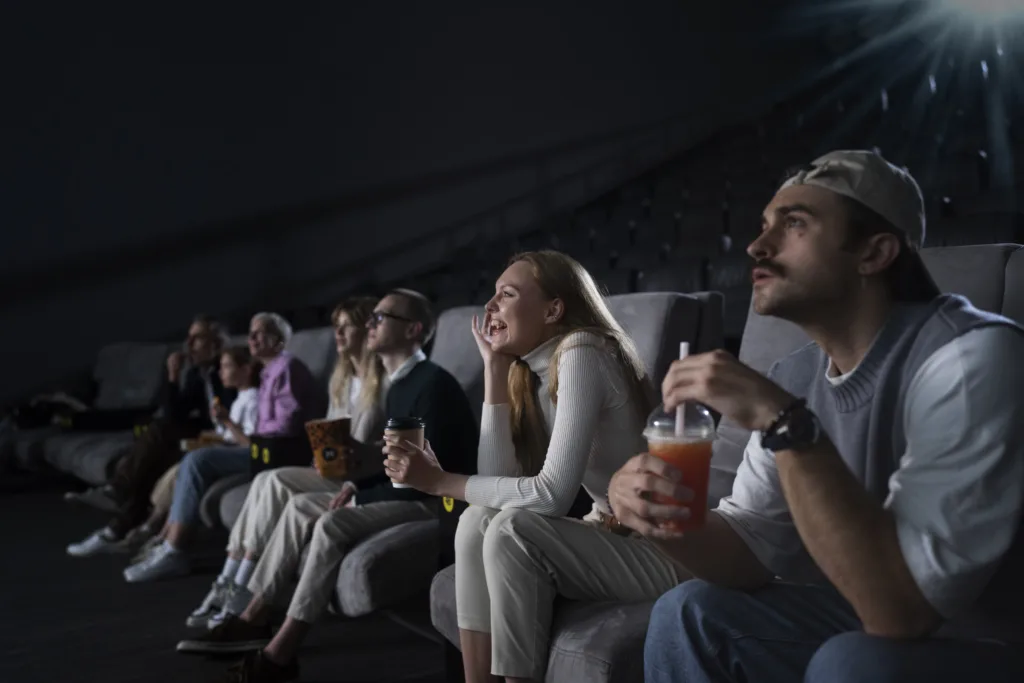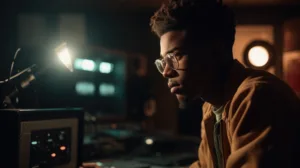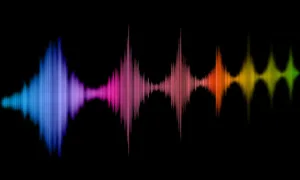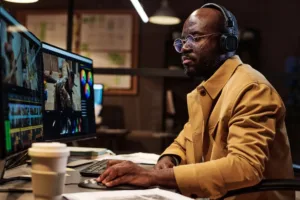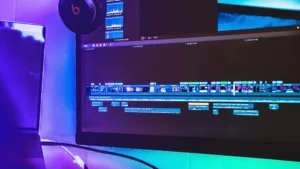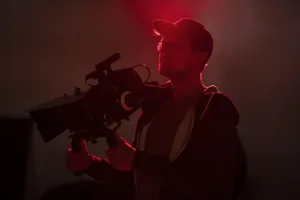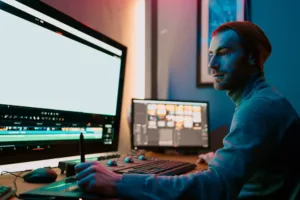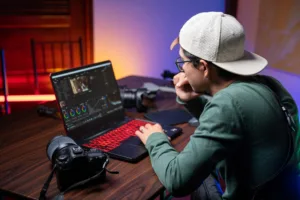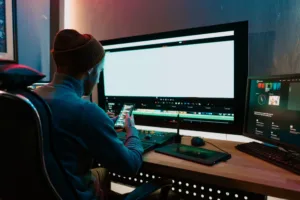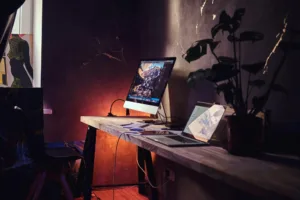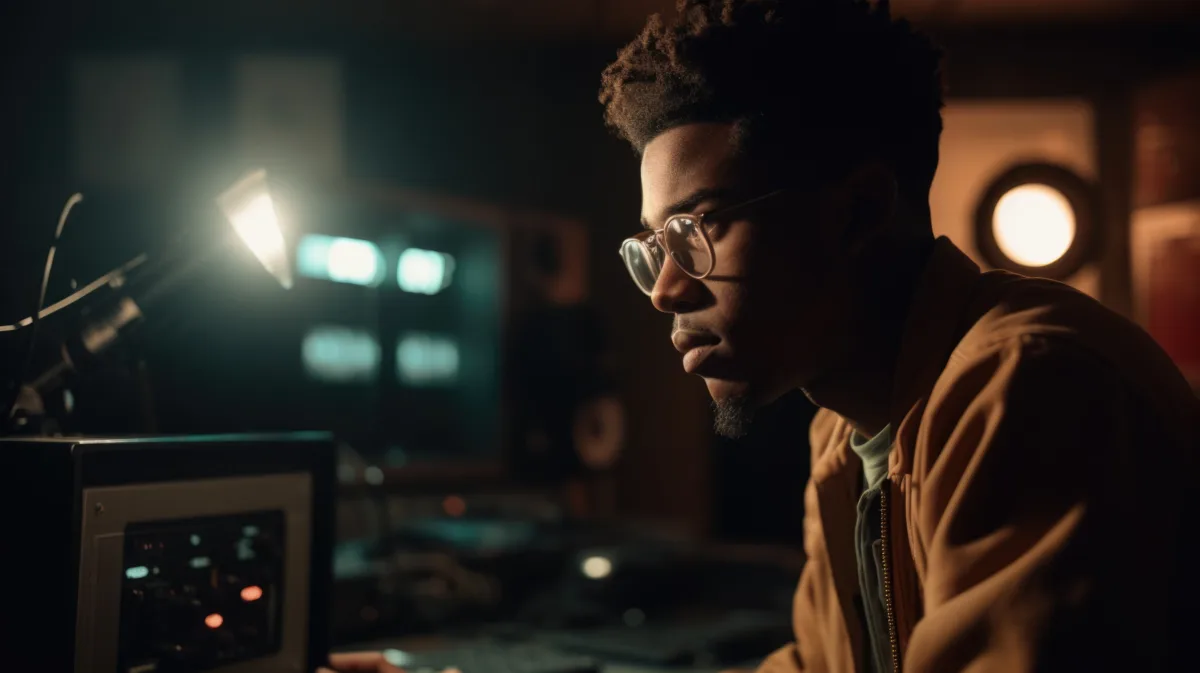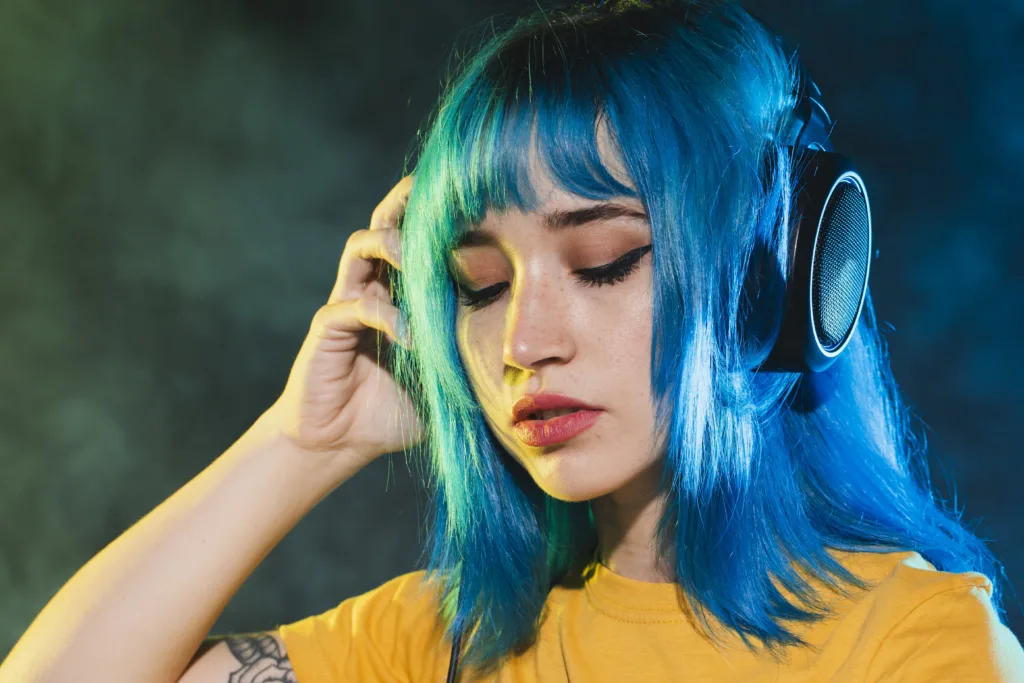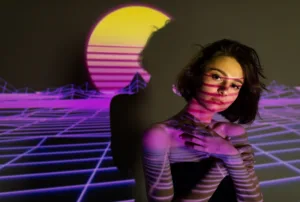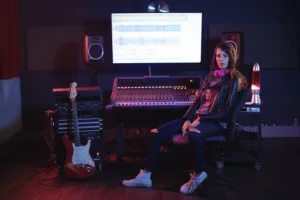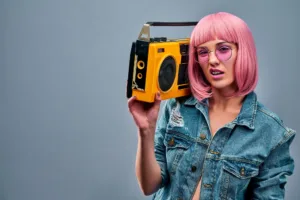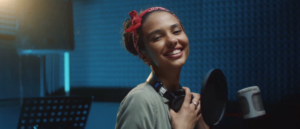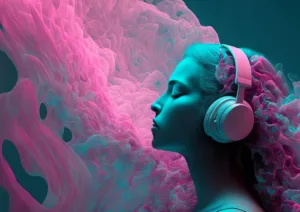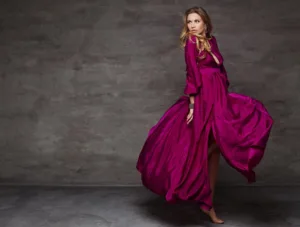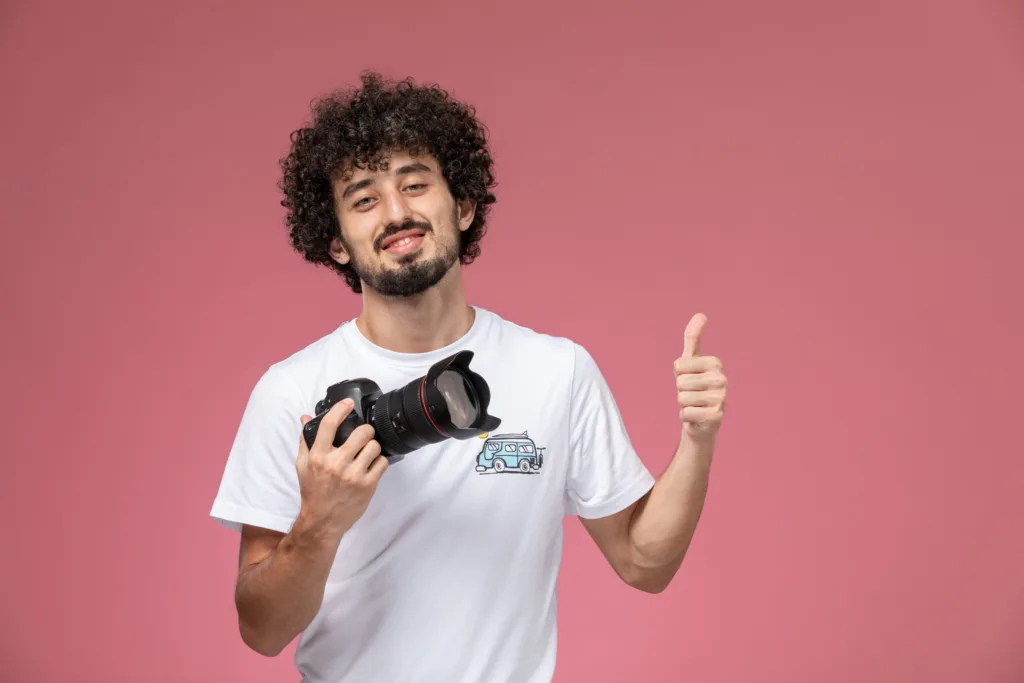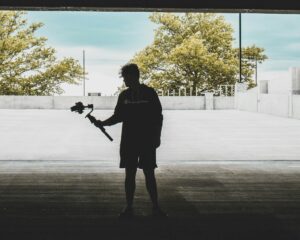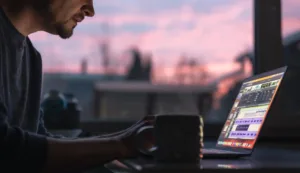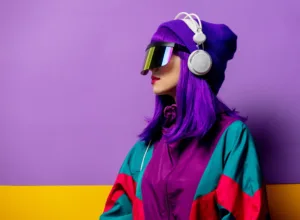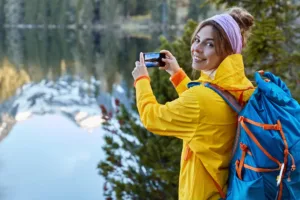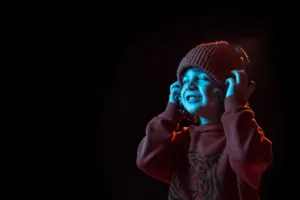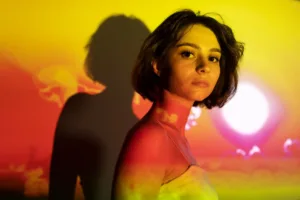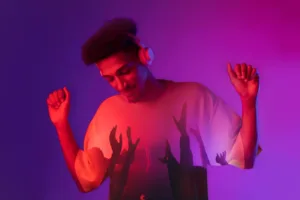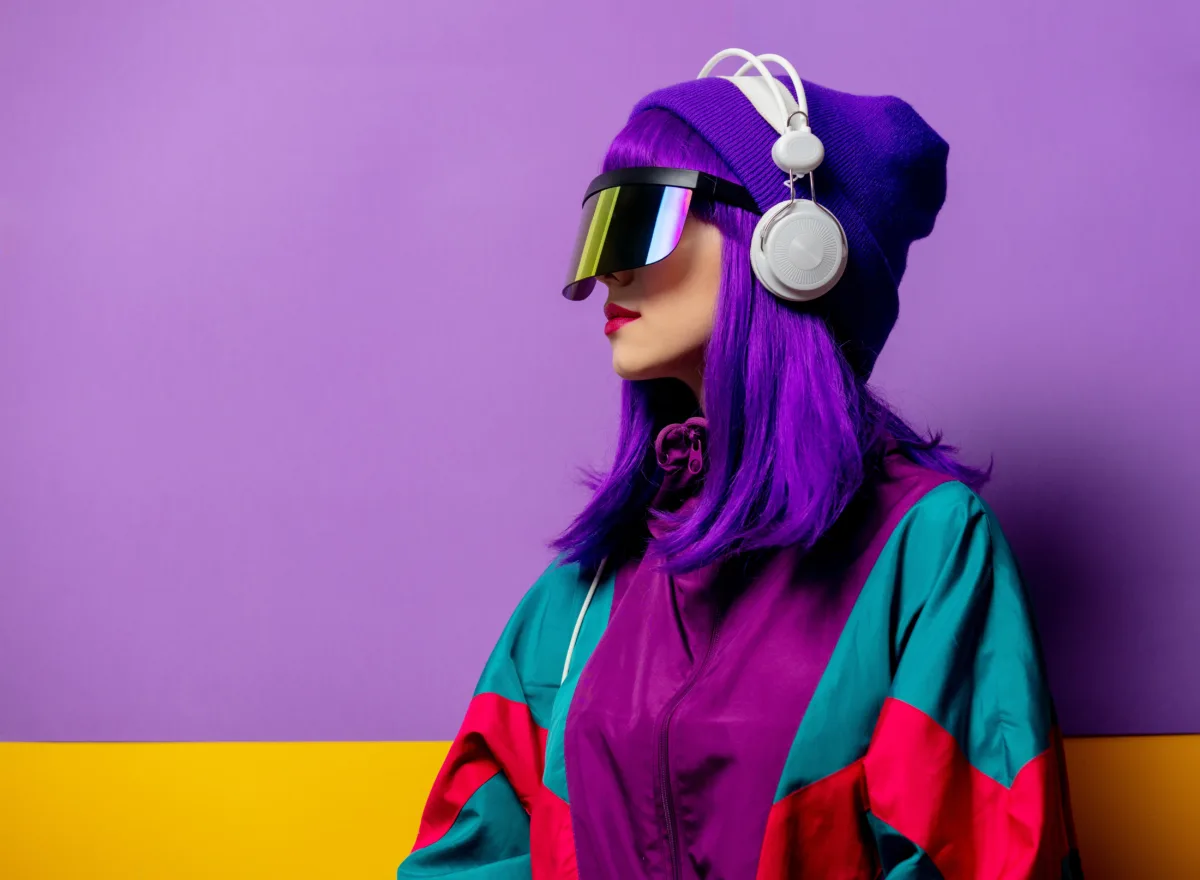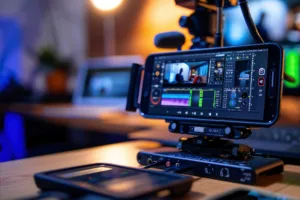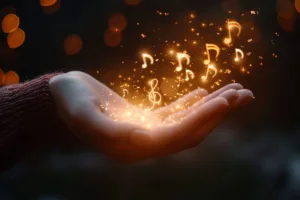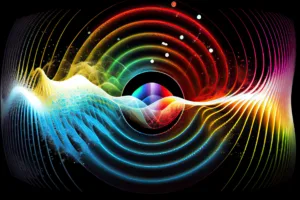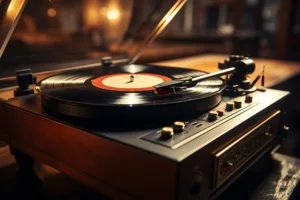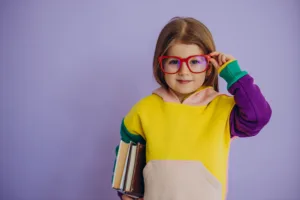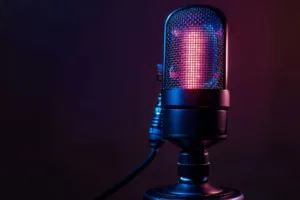Understanding Video Frame Rates.
Hey, emerging video creators! Ready for another deep dive into the fascinating world of video production? Understanding video frame rates? Today’s topic is something that could dramatically affect the look and feel of your videos: frame rates. Plus, we’ll also give a shout-out to TuneCutter, a platform where you can find royalty-free music to add the perfect audio backdrop to your videos. Buckle up, and let’s jump into the world of frame rates!
Frame Rates Uncovered: The Speed of Sight.
In video, the frame rate, measured in frames per second (fps), determines how many individual images, or “frames,” are displayed every second. The more frames per second, the smoother and more lifelike the motion appears. Fewer frames result in a choppier and more cinematic look.
Popular Frame Rates: Which One to Choose?
24 fps: Historically used in traditional cinema, 24 fps gives your video a cinematic, slightly dreamlike quality. It’s a great choice for narrative films or any video where you want to create a sense of drama or intrigue.
30 fps (or 29.97 fps in NTSC): This frame rate is the standard for television in the U.S. and offers a good balance of smoothness and cinematic feel. It’s a popular choice for many types of online content as well, such as vlogs or talking-head videos.
60 fps: This frame rate provides very smooth motion and is often used for sports or any content where there’s a lot of fast movement. It can also be a good choice for gaming content or any video where you want to create a sense of hyper-realism.
Remember, there’s no “one-size-fits-all” frame rate. The best frame rate for your video depends on your specific goals, the type of content you’re creating, and the look and feel you want to achieve.

The Frame Rate and TuneCutter Connection.
So, how does frame rate link with TuneCutter and royalty-free music? Well, the pace of your music should match the pace of your visuals. A fast-paced song might feel out of place in a slow, 24 fps cinematic sequence, while a slow, dramatic tune might not fit with a 60 fps action scene.
That’s where TuneCutter shines. With its vast library of royalty-free music, you can easily find the perfect track to complement your video, regardless of your chosen frame rate. It’s an effortless way to create harmony between your visuals and your audio, enhancing the overall viewer experience.
Wrapping Up: The Power of Frame Rates in Your Hands.
Understanding video frame rates is an essential skill for all video creators, from beginners to professionals. By choosing the right frame rate for your video, you can control how your viewers perceive motion, speed, and time, adding depth and complexity to your storytelling.
Remember, every video you create is a chance to tell a story. And with the right frame rate and the perfect soundtrack from TuneCutter, you can tell captivating stories that resonate with your audience.
Keep experimenting, keep learning, and keep creating. With the knowledge of frame rates now in your video creation toolkit and TuneCutter at your side, you’re all set to craft stunning, engaging, and unforgettable videos. Happy filming!



